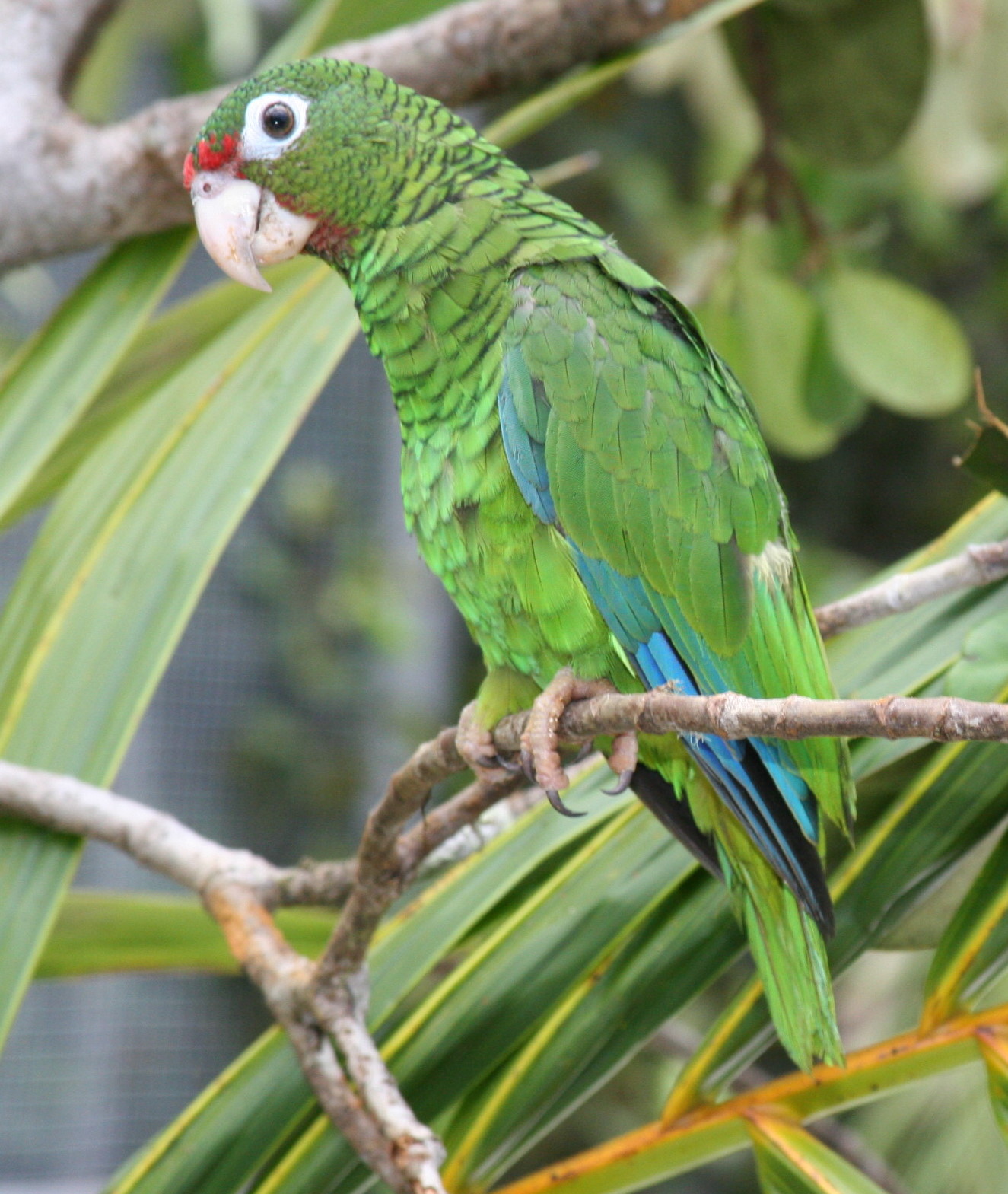 |
Ecosystem Perspective: What can a hurricane do to the environment? |
 |
 The Puerto Rican Parrot was listed as an endangered species in 1967. It is is the only native parrot species in Puerto Rico and the only one remaining in the United States. When Hurricane Hugo passed through the species' range in September 1989, it reduced the population from 47 to 23 individuals. Image credit: USFWS. |
In addition to impacting individuals, homes, and communities, hurricanes also have a profound effect on the environment, especially estuarine and coastal habitats. Hurricanes generate strong winds that can completely defoliate forest canopies and cause dramatic structural changes in wooded ecosystems. Animals can either be killed by hurricanes or impacted indirectly through changes in habitat and food availability caused by high winds, storm surge, and intense rainfall. Endangered species can be dramatically impacted, such as the Puerto Rican Parrot (Amazona vittata), whose population was reduced to half its original size after the passage of Hurricane Hugo in 1989. Hurricane Gilbert pushed the Cozumel Thrasher (Toxostoma guttatum), found only on Mexico’s Isla Cozumel, to the edge of extinction in 1988. In addition to impacting animals, storm surge and dangerous waves can move large amounts of sand and ultimately reshape the coastal landscape. Hurricanes such as Ivan (2004), Katrina and Rita (2005), and Gustav and Ike (2008) have led to shoreline position changes of about 100 m (328 ft) in some regions. The loss of land from Hurricanes Katrina and Rita alone was estimated to be about 73 square miles.
By changing environmental conditions in coastal habitats, hurricanes cause a cascade of direct and indirect ecological responses that range from immediate to long-term. In terms of environmental effects, no two hurricanes are alike. Individual characteristics, such as the storm’s forward speed, size, intensity, and amount of precipitation, play a large role in the type and temporal extent of a hurricane’s impact. Depending on many of these factors, even tropical storms can cause severe damage to property and natural resources.
Additional Links on HSS
|
 |


